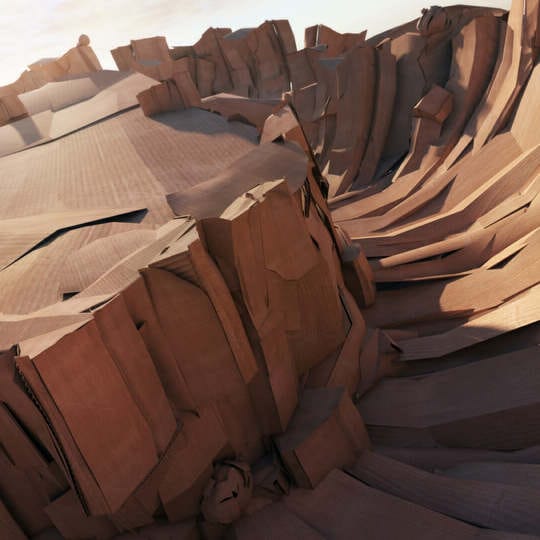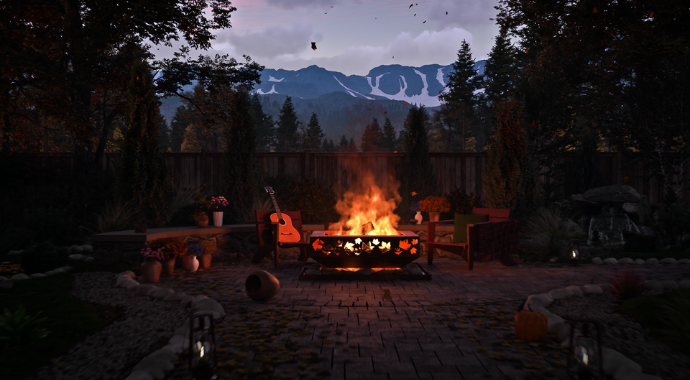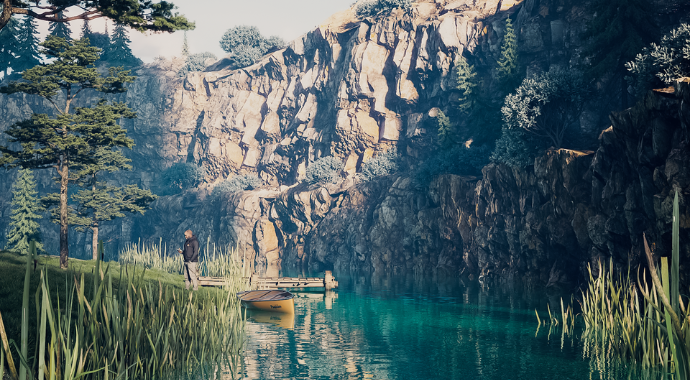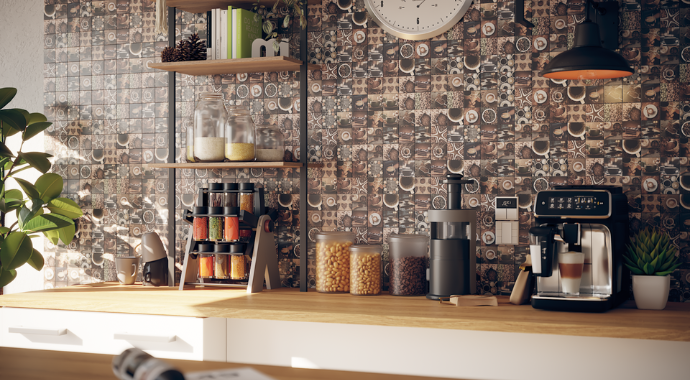An interview with Nick Kaloterakis.
Nick Kaloterakis has been pursuing a career in computer graphics ever since his early years of primary school in Greece. He studied photography and design before migrating to Australia. In Sydney, he landed into a culture where the 3D graphics and visual effects industry was evolving quickly. “In 2000 I graduated with a diploma in 3D animation and visual effects from the Design Centre in Sydney,” says Kaloterakis. He was then awarded a scholarship to work with a Sydney post-production studio.
The turning point in Nick’s career was being exposed to high-resolution print jobs that included 3D illustration and photo manipulation. From then on, other publications approached him from the USA and Europe including National Geographic, NY Times and Wired.
“These projects were great challenges and they had steep learning curves,” he adds. “I could relate to the precision and understood the detail required. The work was often complex but that was part of the challenge any artist should thrive on.”
“I was exposed to many different mediums and spent nearly 10 years improving my technical skills and honing my creative side as well.” Since moving on to go freelance, Nick Kaloterakis has worked in a variety of studios, working with agencies and directors from around the globe.
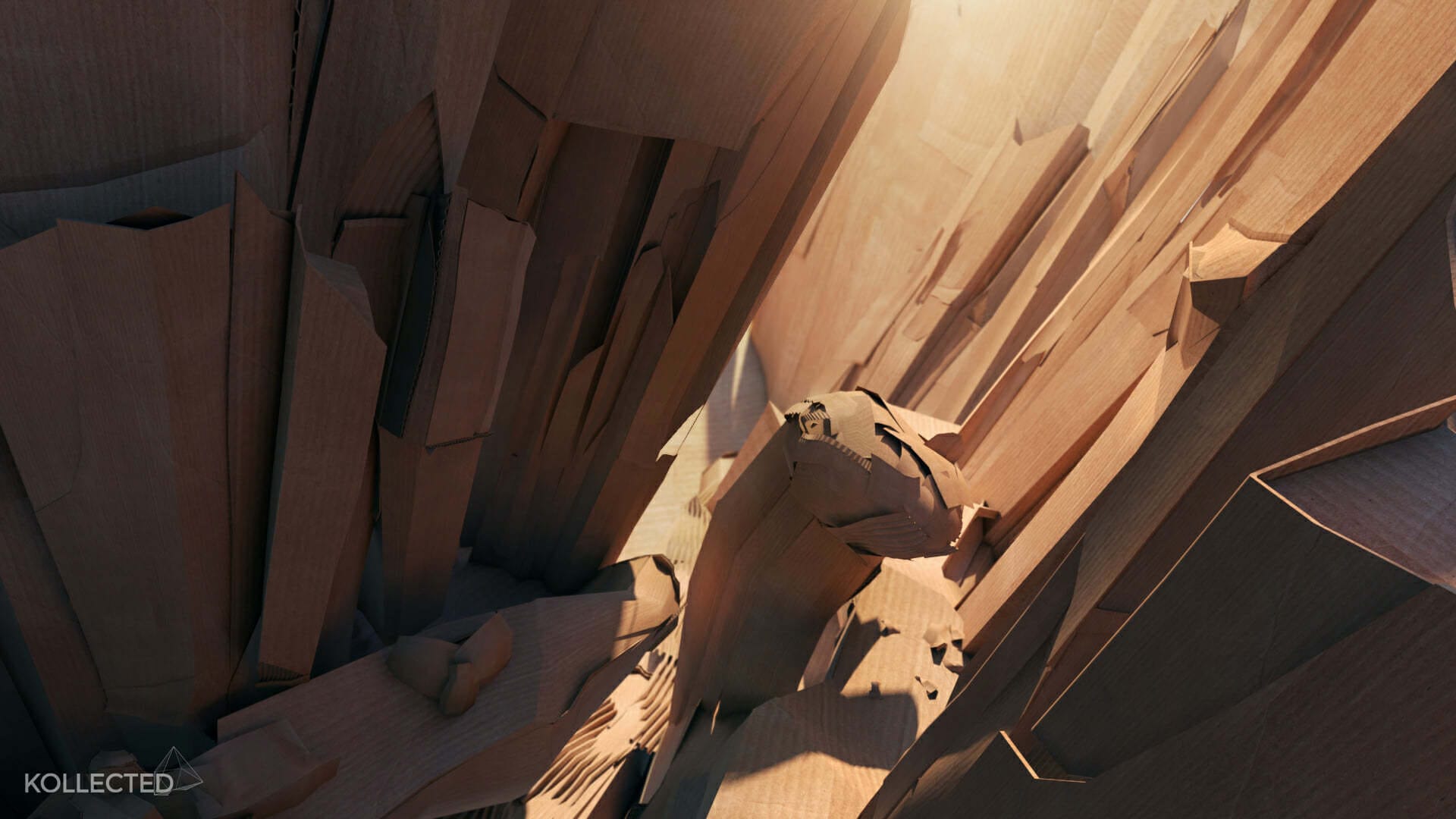
Kaloterakis’ interest has always been in 3D, so he has always gravitated towards visual FX and concept design work. “Technically speaking my main focus has become surfacing and lighting,” he adds.
“Any kind of form that has unique values and shapes, attracts my attention, extending to architectural product design and vehicles. These all have unique graphical and aesthetic appeal. Architectural studies and vehicle design are a natural progression from this and it would be a great alternative career path.”
There's a new challenge in nearly every new project. Experimentation or trying new methods or a different approach is part of the process. I would be letting the client down and myself if I didn't always try new ways of rendering.
Nick Kaloterakis, Kollected
Back in 2006, the Creative Director and Editor in Chief of Popular Science magazine in the US approached and offered Nick a chance to collaborate on the creation of the covers and content illustrations for the magazine. “I was already quite involved in product design, showing aeronautics, vehicles and space themes, so accepting the invite was easy,” Kaloterakis explains. “For eight years, my work was featured in nearly every issue of the magazine.”
As a Maya artist from the very early versions, Nick always admired V-Ray as he’d seen results and had a few times working with it. But back then it was not accessible until it appeared with a major release of V-Ray 2.0 for Maya.
In 2011, director and National Geographic's explorer in residence, James Cameron and his team commissioned him to reproduce step-by-step visuals of the sinking of the Titanic to commemorate the 100-year anniversary of the historic event. This was for the cover of National Geographic magazine. It was the first project where he decided to switch to V-Ray as his primary render engine.
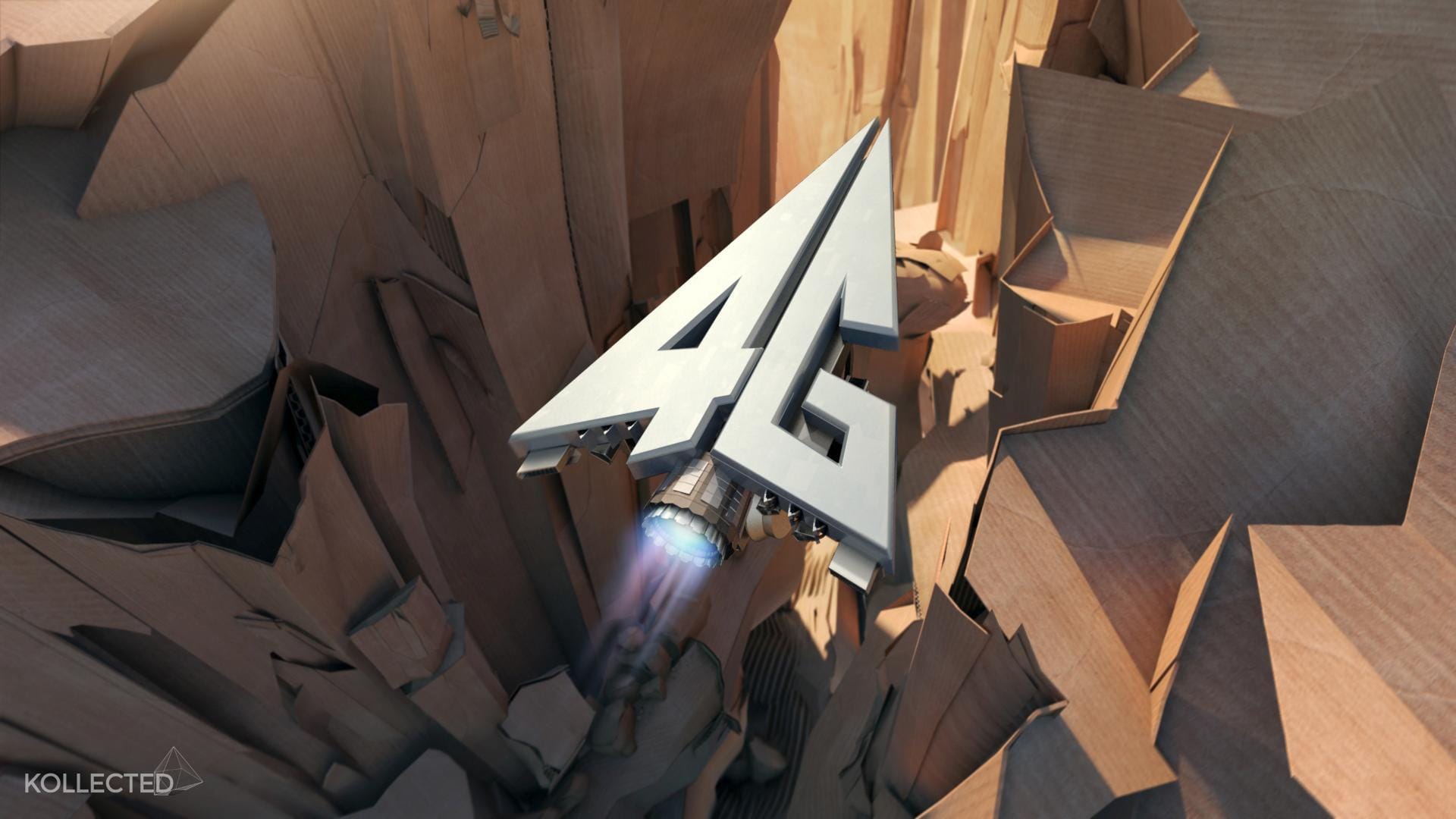
“As my work develops and I’m challenged with different projects, V-Ray remains rock solid and is the most effective and reliable tool I’ve used so far in my professional career,” says Kaloterakis. “Pretty much every aspect of V-Ray grabs my attention. What I love most is the methodology behind the rendering and how well the shaders, light rigs and cameras work together in conjunction with the physical properties. The tech support has been invaluable. The development team is constantly refining and improving the product for optimum results.”
Nick has been prolific in generating video (TVCs, film, broadcast design) in most of his work from the outset. While he is happy to work and create within both mediums, “at the end of the day, it doesn't matter whether I'm working in stills or with motion. My objective is to create beautiful images that enhance the integrity of the concept I'm bringing to life,” he says.
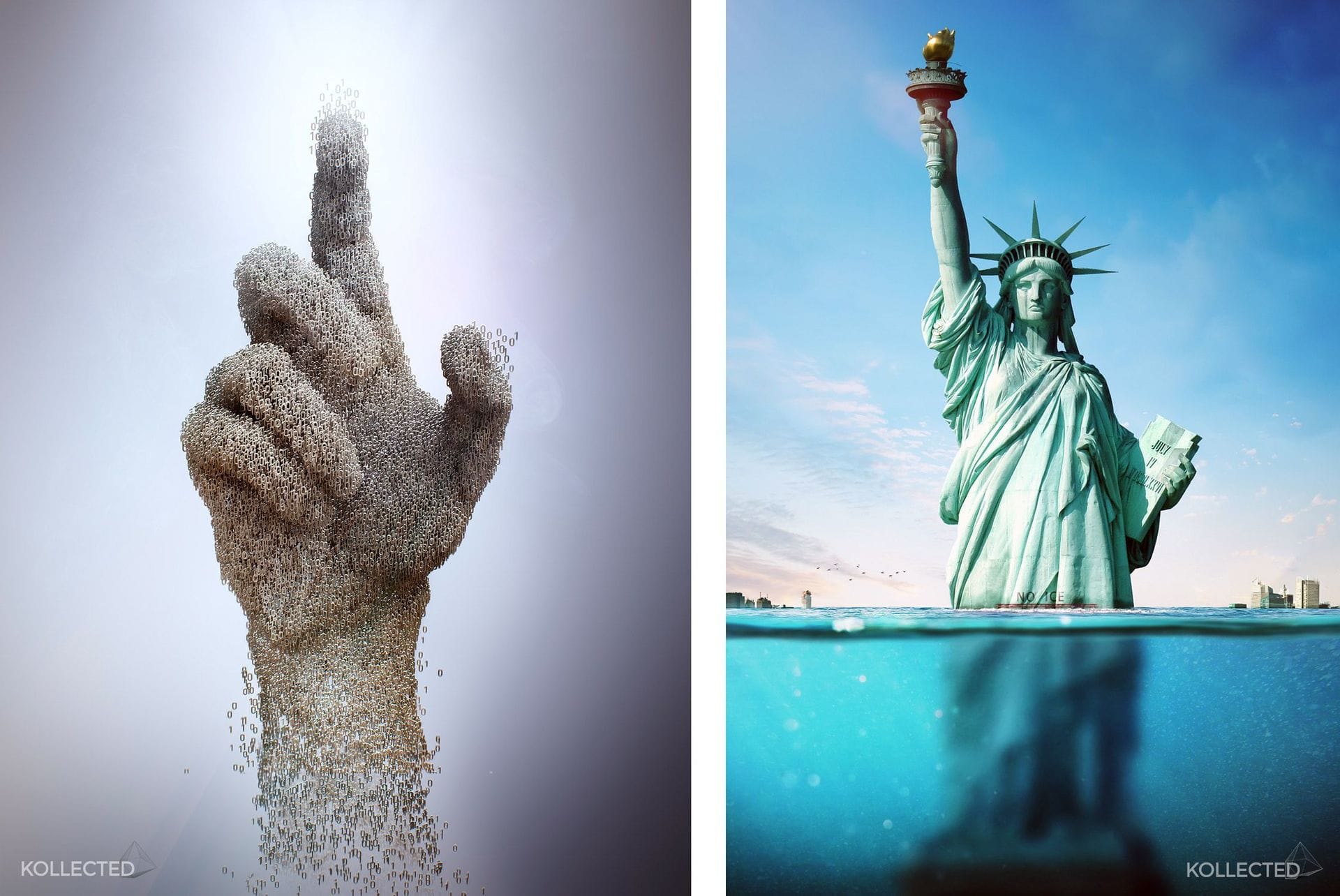
His clients are discerning. They like intricate details. Right now he is using V-Ray at the production level for every project, from small to large scale. For most of the projects, especially the 3D illustrations, he runs a pre-light pass to establish a connection between proxy mode and LookDev and that gives the client a good understanding of the mood at the early stages. “V-Ray RT has a big role in this,” he adds. “It is very efficient even with very high polygon counts and complex data sets. RT speeds up the process for potential changes and tight deadlines.”
For every project I put my name to, I am trying to create an exceptional image that is technically superior and visually appealing.
Nick Kaloterakis, Kollected
Check out Nick Kaloterakis’ website
CLICK HERE



